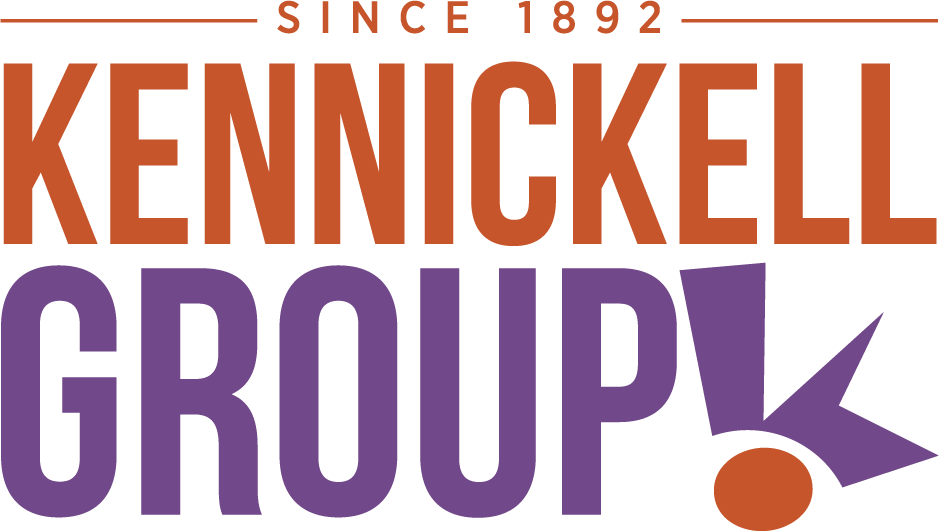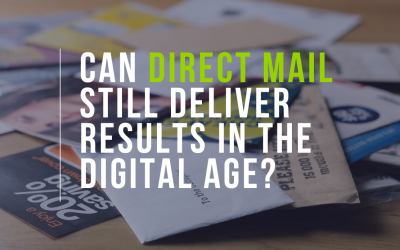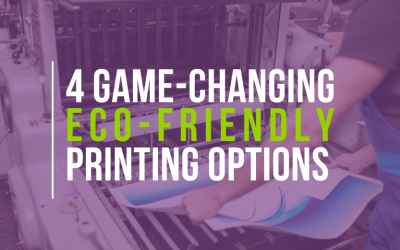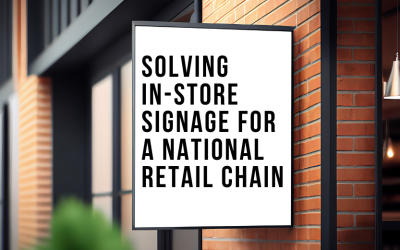memorable business card
memorable business card
memorable business card
memorable business card
We’ve talked about the pros and cons of digital vs. physical business cards before, so we know that we need both to be successful. But what elements go into a memorable business card? In this article we’ll go over the top 5 things you need to consider in order to help yourself (and your business!) stand out in the crowd – or in this case, the stack.
1. Make it a sensory experience
When you are handed a business card, what’s the very first bit of information you take in about it? Your brain registers the feel of the material before you even have a chance to look it over. Options like embossing, foil stamping, or die-cutting can add a tactile and visually appealing element that grabs the recipient’s attention. These touches immediately set you apart from a standard, run-of-the-mill card and sets you up to be memorable before they’ve even had a chance to read your name.
2. Ditch the formality
Close your eyes and picture a business card. I bet you’re seeing something simple, with a white background, dark text, a name, a title, an email, a phone number, a website. Maybe a black border if you’re getting fancy. This image that we’re so used to as the standard business card is long outdated. These days, you should be injecting some personality into your design to make it more memorable. Of course, your level of playfulness should reflect the seriousness of your business, but there’s room for personality in even the most buttoned-up of professions. Your business card should speak plainly to your audience and be honest about what sets you apart, and always reflect your brand’s unique identity.
3. Avoid information overload
Less is often more when it comes to design. Beyond design though, a memorable business card should give just enough information to the reader, while inviting them to reach out or go online to learn more (more on that later in this article).
4. Get your logo right
Your logo is the visual representation of your brand, so it’s essential to ensure that it stands out and captures the attention of potential clients or partners. Working with a professional designer to create a logo that is both visually striking and reflective of your brand’s identity. A well-designed logo can help make your business card instantly recognizable and memorable.
The printing company you work with for your business cards may likely be able to help you with your logo as well, if you don’t already have one you love. It’s ideal to establish a working relationship with a design/print company, rather than using an online printing company or another mass-printing company. By working with a local company, you can expect the quality of work to be better, and you’ll be able to talk to a personalized account rep. instead of a nameless support person when you have a question.
5. Make it trackable
How can you make a piece of paper trackable, you ask? By using tracking the digital information on it, of course! The best way to do this is by including a QR code. This goes hand in hand with not including too much information on your business card. By limiting the information, you not only allow the unique design of the card to shine through, you also invite them to learn more by scanning the QR code or going to the website listed on the card. Once they are in your digital space, all visits and interactions there are completely trackable! Now you can measure how well your business card is actually performing, rather than just throwing them into the wind and hoping for a return.
Having a memorable business card is just one part of a successful business, of course, but it’s a part that often doesn’t get the consideration it deserves in our digital age. The practice hasn’t died out though! Now more than ever, having a physical token for your clients to remember you by can help you stand out amongst the crowd.
Check out our other recent blogs:
Can Direct Mail Still Deliver Results in the Digital Age?
Like many other aspects of our lives since the internet revolution, direct mail isn’t dead…it’s just transformed.
4 Game-Changing Eco-Friendly Printing Options
Here are some of the most effective eco-friendly printing choices, from alternative paper & inks to improved printing methods.
Solving In-Store Signage for a National Retail Chain
Our client, a large national retail chain with over 1,000 stores across the United States, requires customized in-store signage solutions.





